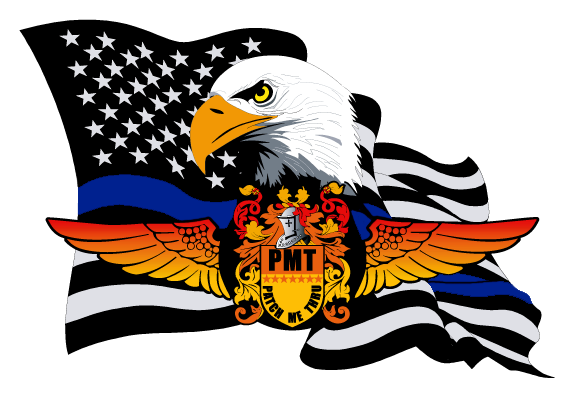




Below you will find our patch glossary and list of terms specifically tailored toward embroidery and patches. Each term will have an accompanying definition and an example where applicable. Everything you need to know about a patch is right here. If you don't see something that you would like information about please drop us a line and we will gladly research your request and post the information here so that other collectors can also share in the information. You can close this window at any time by clicking on the X at the top right corner of this window or on the home button above to return to the main website.